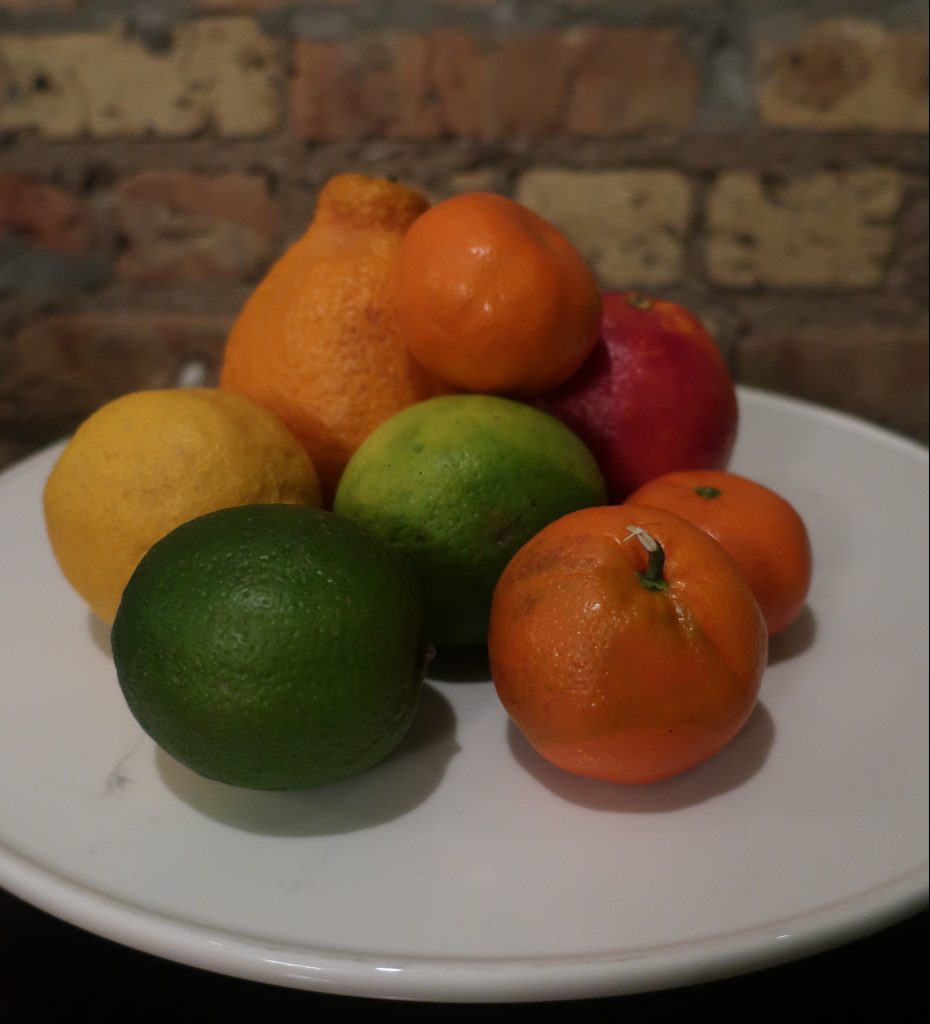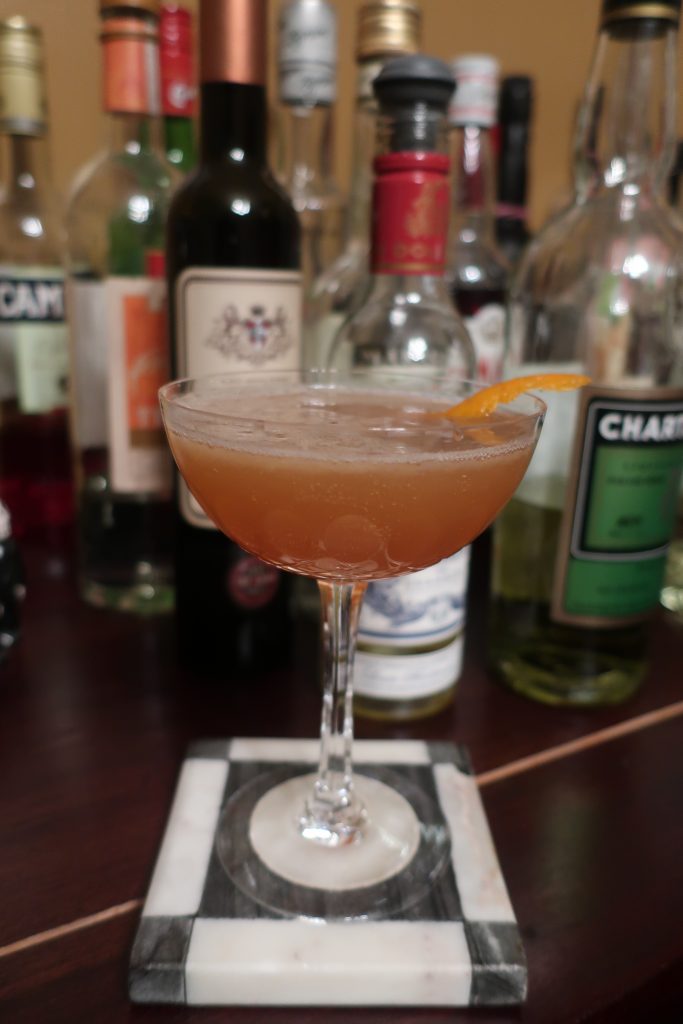 Those of us who live in the north could be forgiven for thinking that absolutely nothing is in season right now. Even ramps, the first vegetable of spring, are a good month away at least. But in fact, we’re still within citrus season. You may have noticed in the last few weeks that a wider variety of citrus fruit has appeared on store shelves. Now is the time when you might find pink variegated lemons, blood oranges, or perhaps even a Buddha’s hand or two.
Those of us who live in the north could be forgiven for thinking that absolutely nothing is in season right now. Even ramps, the first vegetable of spring, are a good month away at least. But in fact, we’re still within citrus season. You may have noticed in the last few weeks that a wider variety of citrus fruit has appeared on store shelves. Now is the time when you might find pink variegated lemons, blood oranges, or perhaps even a Buddha’s hand or two.
Citrus, of course, is a key component of countless cocktails, which often incorporate the juice, peel or both. If you’re like me, you likely just juice the fruit and toss the peel, unless the cocktail happens to call for a twist. And the importance of a twist should not be discounted, tempting though it may be for the home bartender to skip that step. A twist adds wonderful fragrance to a cocktail, giving the drink an additional layer of experience.
Sometimes I like to toss a piece of zest or two into a shaker, in order to release the citrus oils directly into the cocktail (I often make Manhattans this way). And it can be delicious to muddle sugar and citrus peel together, creating a flavorful oleo saccharum. The peel has a great many uses. What would an Old Fashioned be without a strip of orange zest? Just whiskey and bitters and sugar. Not bad, but it’s the twist that raises the Old Fashioned from good to great.
The trouble is that I often don’t have any citrus lying about. Perhaps I ate an orange or two during the week, but by Friday night cocktail hour, they’re long gone. Frustrated by my routine lack of zest, I hit on a simple idea: What if, before I peeled my Sumo Mandarin snack, I took out my paring knife and zested the fruit, saving the peel for later in the freezer? I took out a small plastic baggie and piled in some zest. I later did the same with a lemon I needed for a sauce. (Few cocktails seem to call for lime zest, for some reason.)
 I tried out the frozen orange peel recently when I made a simple Whiskey Sour for myself. (It’s 2 parts bourbon, 3/4 part lemon juice, 3/4 part simple syrup. To make simple syrup, mix equal parts sugar and water in a small bowl or glass measuring cup and stir until combined; microwaving very briefly can help.) I love this cocktail, and an orange twist does indeed add another dimension. Once I had shaken the drink, I took out a large slice of frozen zest, warmed it between my hands and gave it a twist over the glass.
I tried out the frozen orange peel recently when I made a simple Whiskey Sour for myself. (It’s 2 parts bourbon, 3/4 part lemon juice, 3/4 part simple syrup. To make simple syrup, mix equal parts sugar and water in a small bowl or glass measuring cup and stir until combined; microwaving very briefly can help.) I love this cocktail, and an orange twist does indeed add another dimension. Once I had shaken the drink, I took out a large slice of frozen zest, warmed it between my hands and gave it a twist over the glass.
Well, it didn’t exactly shower the cocktail with orange oil. When you give fresh orange peel a twist, it breaks the cells containing its fragrant oils, giving the cocktail an enticing perfume. Perhaps freezing the zest had caused the cells to break prematurely; it did feel a little limp once it was thawed.
I tried again, making a second Whiskey Sour (work, work). This time, I warmed some zest in my hands and dropped it straight into the shaker. I poured the liquid ingredients in, mashed the peel around with a spoon, added ice cubes and shook. In this case, the zest made more of a difference, adding a hint of extra depth to the cocktail.
So, it seems that fresh citrus zest is indeed best. But frozen zest works well when muddled with other ingredients, giving a cocktail a little more complexity. That alone makes it worthwhile to keep some frozen peel on hand. After all, it’s not much work to zest a fruit before you juice it, and a little baggie of peel takes up little space in your freezer. And it’s not difficult to find additional uses for the frozen zest in cooking, both in savory dishes and desserts.
It’s a simple, seemingly obvious cocktail hack, to keep frozen zest for those moments when you don’t have a fresh piece of fruit. But it took me eight years of writing this blog to figure it out! Give it a try — especially if you are lucky enough to find a fragrant Buddha’s hand this citrus season — and let us know in the comments below how frozen zest works out (or doesn’t) for your cocktails.







